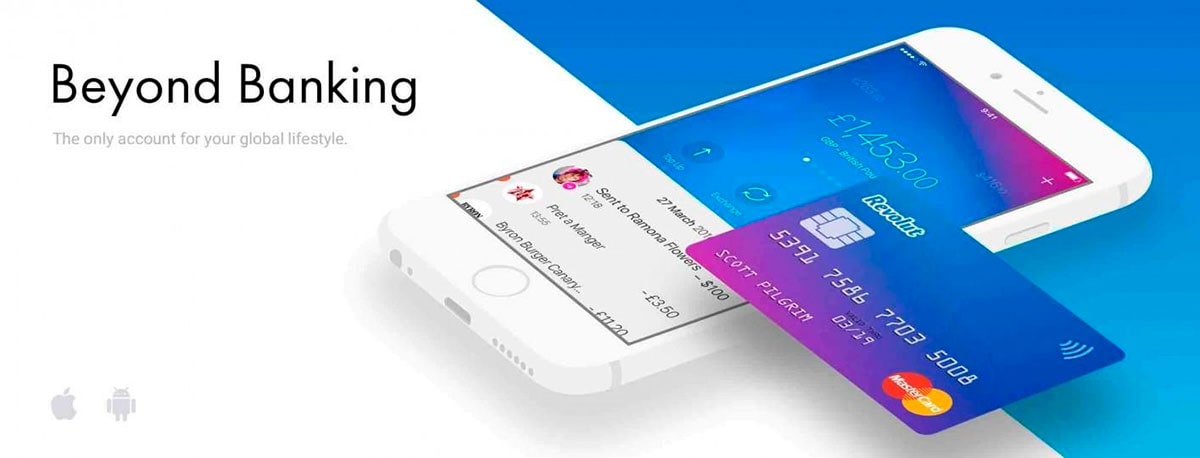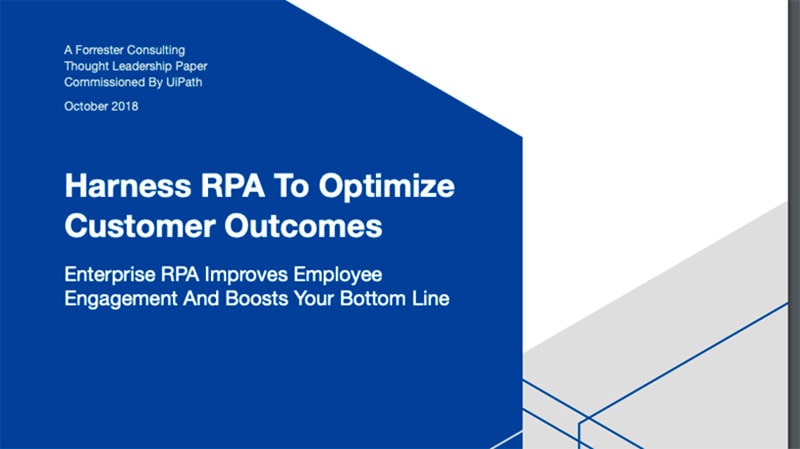Technologies obviously dictate new rules of the game for banks. The current trends in fintech include using AI in business processes and creating ecosystems for clients. Liubov Svezhentseva, former Payeer Marketing Director with years of experience, reveals the development paths banks have today and whether a digital transformation is really beneficial for them.

“Banks used to interact with their clients directly, without intermediaries. Now, thanks to the modern technologies, innovative projects that use them may be participants in the bank-user connection and even dictate their own costing (and not only that): they become the holders of the client relationships and thus turn banks into ordinary back-offices.”
For example, in the production-sales cycle, the most money can now be earned when there is direct interaction with the client. That is why retail chains, rather than product manufacturers or service providers, receive the bulk of the margin. Look at how large stores work: producers that want their products to appear on the shelves of retail chains must either accept their terms or refuse to cooperate.
The same thing is now happening in the financial sector. For instance — neobanks. A neobank is a type of direct bank that is 100% digital and only accessible to customers through mobile apps and personal computer platforms. Neobanks do not use traditional physical branch networks.
These banks are divided into two types: those that acquire their own banking license and those that obtain the right to operate from traditional banks. In this case, the bank simply acts as an operating unit. And here, I see two different outcomes.
Interaction Between Banks and Clients
As I said, there are two routes of development in the bank-customer interaction process:
1) Banks outsource communication with consumers, service work, and other things to technology companies, such as neobanks.
But sometimes, neobanks, if they have sufficient capital of their own, may be interested in getting their own license because it allows them to reduce the cost of their services.
Just look at the Revolut project. It created an entire ecosystem that offers all the same services as traditional banks, only faster and without offices. The client can open an account in no time using their phone and get better terms than in a traditional bank for currency exchange, savings (in the app, you can set a monthly budget for food and entertainment and set up automatic savings), buying cryptocurrencies, and more.
2) The bank builds an entire external circuit of interactions with the client on its own, creating useful products with the help of small IT teams.
For example, accounting and document management programs or launching in-house P2P services that allow user-to-user transactions.
It is hard to say which of these strategies will win out in the long term. Perhaps banks will be divided into two categories: those that use the services of third-party technology companies; and those that build a niche of connected companies around themselves to control the value chain together.
Choosing one way or another depends, in my opinion, on a company’s willingness to spend resources to create an ecosystem: acquire new skills, invest in technology, change business processes, test new products, and calculate profits in detail.
At the same time, it should be understood that having a digital format as a bank does not automatically translate into success.
Automation Is Your Friend, Not a Threat
Digital transformation and automation make an enterprise more “agile” and, at the same time, clearer and better-organized. For example, analyzing survey data from AI allows professional bankers to determine whether a loan payment will be paid on time.
By the end of 2019, Robotic Process Automation (RPA) software, which helps automate repetitive processes, will be used in 75% of organizations offering financial services, according to the Crowd Learning Hub. There’s a tremendous number of routine tasks in banking right now. For example, data entry: a robot could easily do it in place of an employee, using the same Microsoft Excel spreadsheets and the company’s CRM.

The introduction of bots for manual processes like these can reduce the cost of processing by between 30% and 70%.
The annual cost of such software quickly pays off compared to the cost of an employee who would perform the same tasks but much more slowly. According to Forrester Research, the market for RPA products will be $2.9 billion by 2021 — up from $250 million in 2016.
When it comes to bank automation, a great example is the introduction of voice biometrics in contact centers. How does that work?
If a customer calls with questions about their account, the operator has to identify them before providing any information. A biometric voice system recognizes a person by voice, and the contact center employee no longer has to waste time asking for an ID, account, or bank card number. And the customer doesn’t need to remember all of this or have it all to hand.
But how do you know if your bank needs automation?
- First, you need to identify the weak points and analyze which processes will be accelerated and improved by robotization.
- Then you need to test technologies and calculate how soon they will pay off.
Reducing operating costs through automation will allow you to compete on price, increase the scale of the business, and focus resources on creating an ecosystem.
How to Create an Ecosystem
I mentioned above that this creation is necessary and that it is already happening. Here’s what a bank can do to create an ecosystem now:
Identify customer needs.
The key factor in ecosystem building is customers. The products to develop and the partnerships to enter into depend only on their needs. This requires banks to be sensitive to changes in people’s habits and behavior: pay attention to how they communicate, shop, and do business — and respond to that.
In building an ecosystem, you can go beyond providing basic financial services. This could include advising on building a home or offering an app to help customers manage their finances. Integrating products and services from different providers that will make the consumer’s life easier with a single phone and the Internet is, in my opinion, the future of the banking sector.
Determine a strategy for implementing innovation.
Based on pain points and client needs, you need to analyze which innovative technologies the bank can integrate into its work and how to do this so that current business processes are not affected.
As for partnerships, it is possible to create an ecosystem where there is synergy and good relations with corporate clients. You can benefit by offering additional terms to your client’s customers. For example, an ecosystem for selling banking services at gas stations. Its implementation does not require huge investment, but needs special agreements with a corporate client with whom there is synergy.
Develop the right product.
The point of the ecosystem is to offer a person something at the right time that will satisfy their needs. If you get it wrong repeatedly, the consumer will think your messages are spam and will never open them again. A good ecosystem doesn’t have to teach someone how to do the bookkeeping: it provides the tax return itself at the right time and is, of course, responsible for making sure it’s done correctly. For example, there is a product that offers bookkeeping and banking services in one platform, which is extremely convenient.
Interaction with your customer is also important. Some banks even make the transition from mobile or online banking to creating a universal and responsive assistant that is ready to engage in dialogue at any time to help the customer. For example, Talk Bank, whose customers manage their finances through bots in popular messengers.
Banks Are Already Fintech
The speed at which banks are innovating and creating ecosystems is leading to discussions about whether they will turn into IT companies. But a bank is already a fintech company that constantly uses new technologies to perform its usual functions better.
A striking example of this is the new approach to scoring. Now, in order to make a decision to grant credit, banks don’t base this on a client’s credit history alone but on information about a person’s habits and lifestyle, which makes it more likely to determine their solvency and credit discipline. The new model, unlike the old model, makes it possible to issue more loans that are sure to be repaid. In addition to customer loyalty, it also increases the bank’s revenue.
An example from the American market is the company Carpe Data, which collects and analyzes information about businesses for insurance companies. It studies their visibility on the Internet and social networks, checking reputation and customer feedback. As a result of this analysis, the insurance company gets a better understanding of the risks, which helps it make decisions and foresee all other aspects.
Technology not only affects how companies work but also shapes new habits in people, which fintech can use to its advantage.
For example, in the era of innovation, emotions are very valuable, and a company that meets not only the transactional needs of the customer but also the emotional ones will always be one of the major players in the market.
People want to communicate with their devices as much as they want to communicate with each other. So, one of the upcoming trends is smart assistants that people will fully trust. Everything comes down to the fact that companies are going to build their marketing around getting the trust of not the consumer but their smart assistant — Alexa and Siri.
To help voice assistants find your services, you can use these tips:
- Adapt your content. Voice assistants like clear and concise information. A three-paragraph story about your company’s mission is fine, but if your site doesn’t have a clear text about exactly what you do, Siri is unlikely to show it to the phone owner. Think about which questions users ask their assistants when they’re looking for information, and change your content accordingly.
- Increase the domain credibility of your site. Smart assistants prefer to take information from trusted resources. Increasing domain credibility can be done by linking third-party resources to your site and paying for the domain 3-5 years in advance.
- Engage in SEO promotion of the site. Sites on the first page of results are more likely to be recommended by voice assistants.

Liubov Svezhentseva.
Former Marketing Director at Payeer.
Information about the author:









